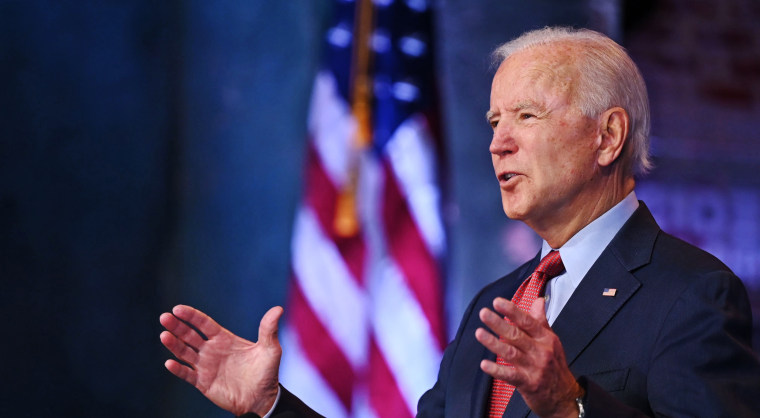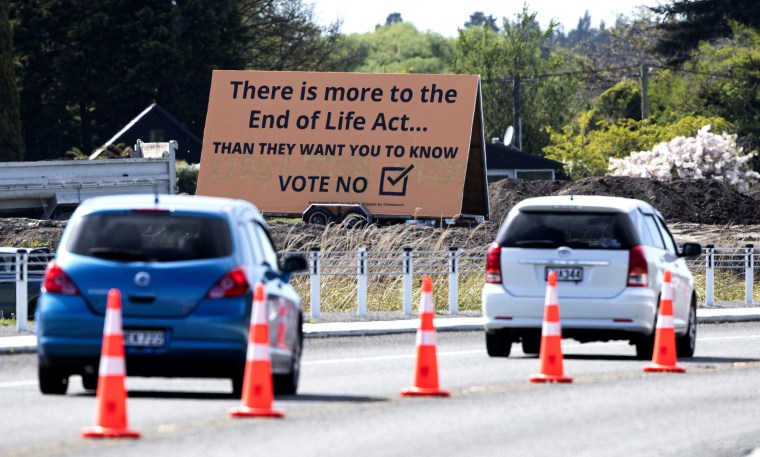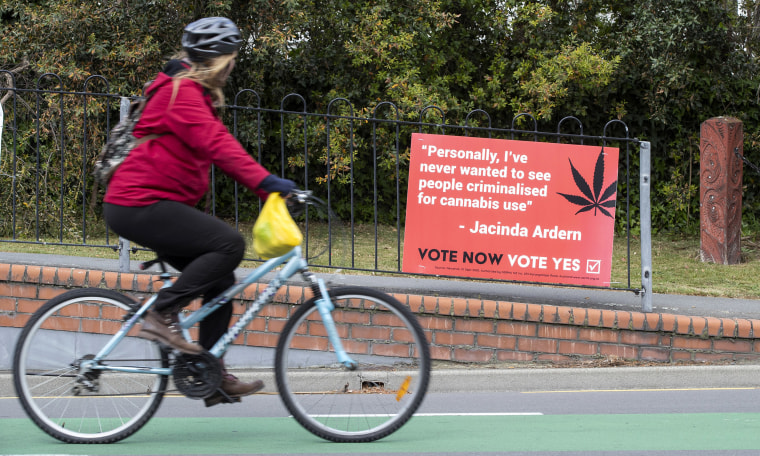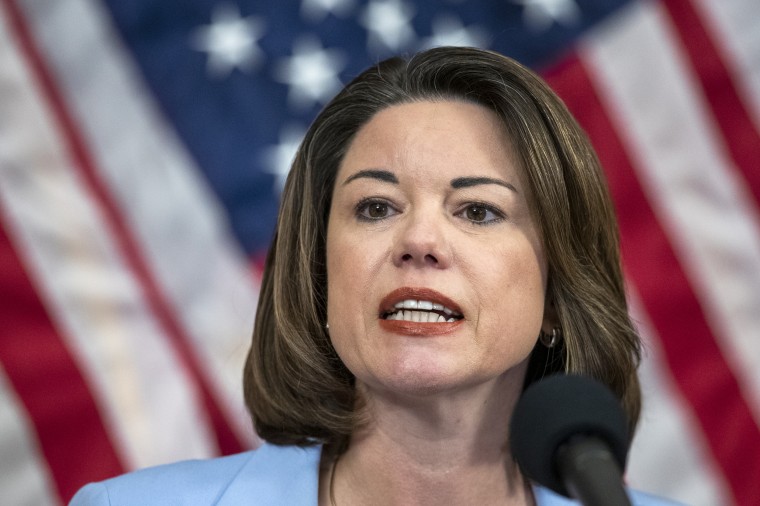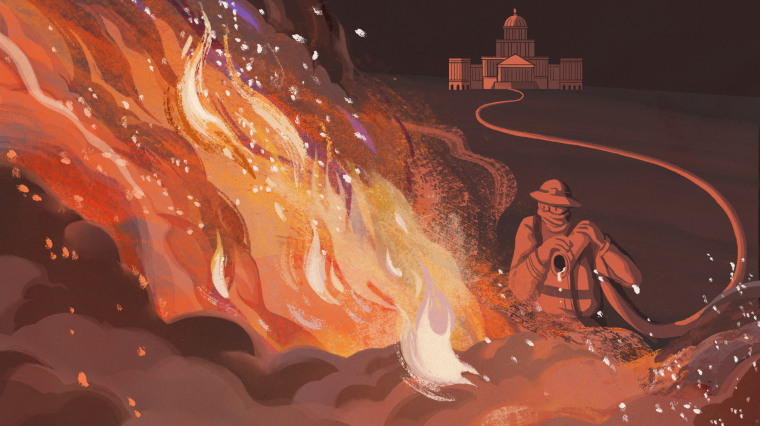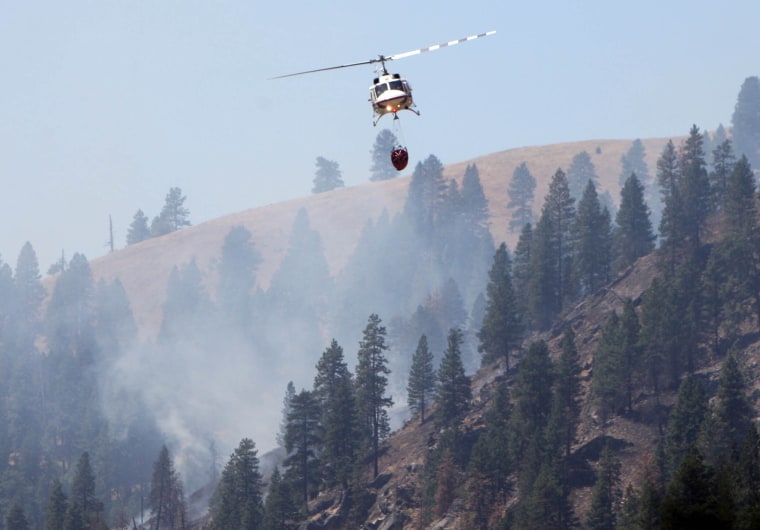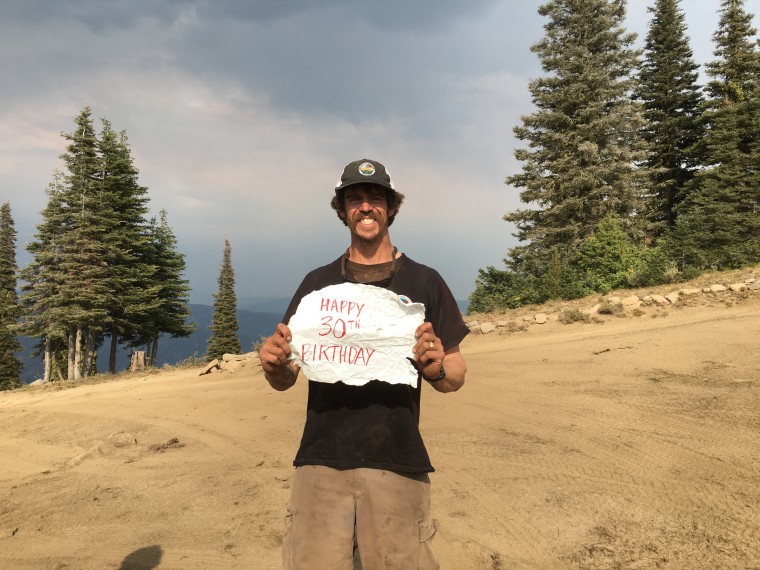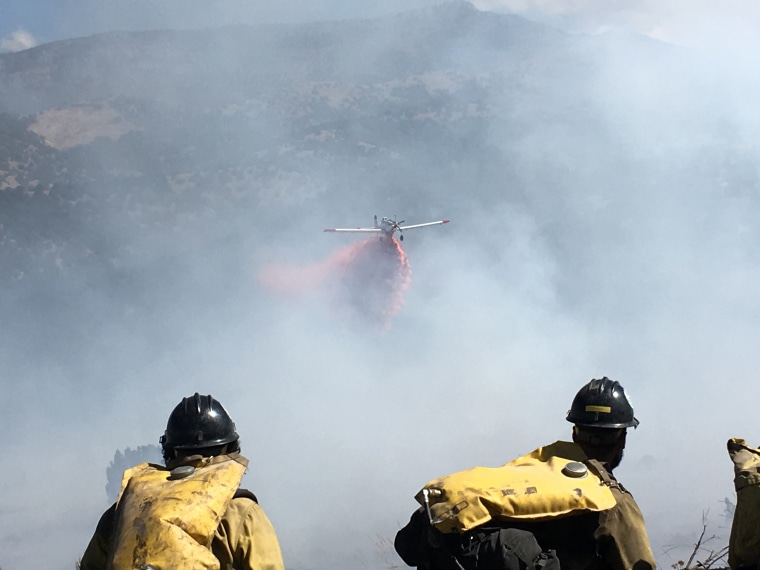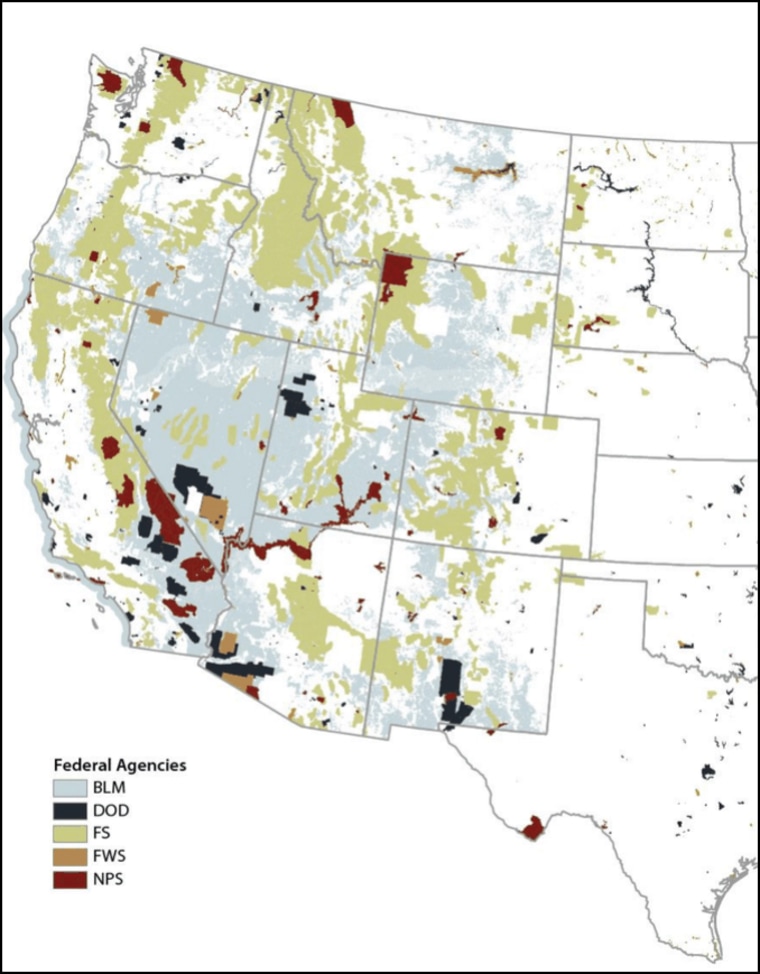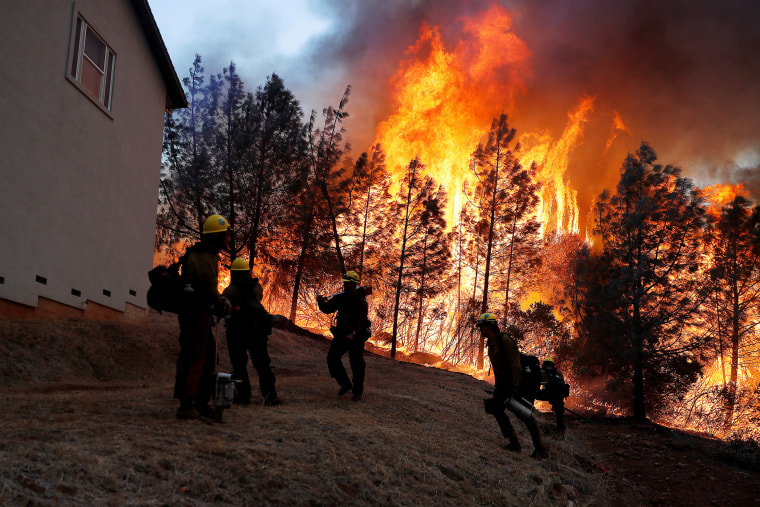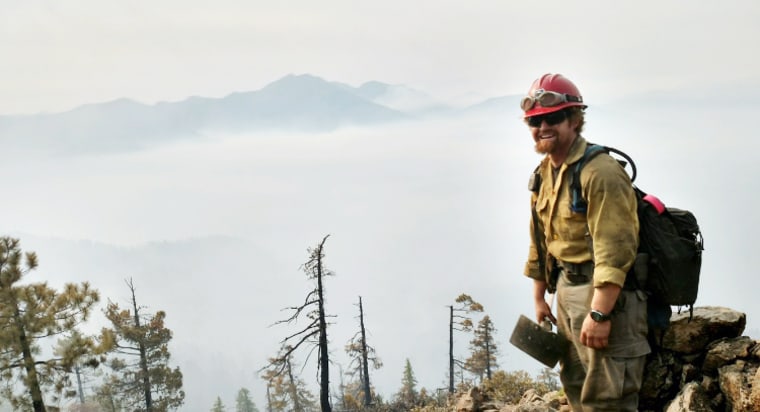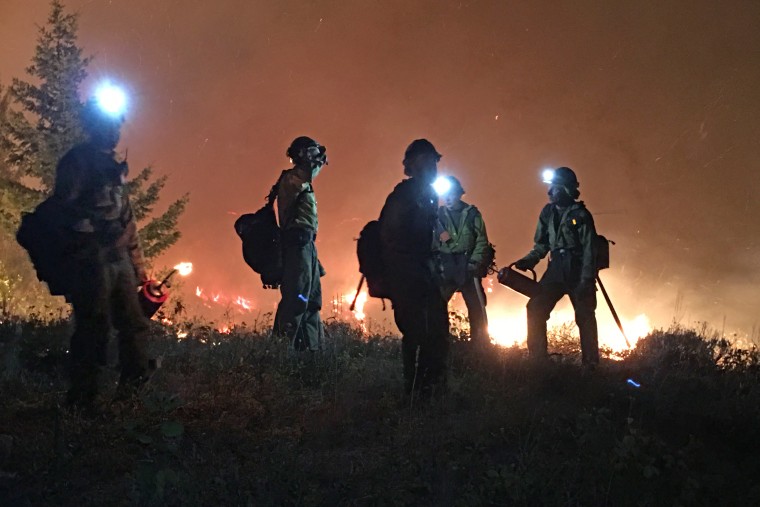In other coronavirus news: Trump sidelined experts early in pandemic, there are too many new cases in Philadelphia to track, and teens and tweens are volunteering for Covid-19 vaccine test trials.

Coronavirus testing czar: 'Nobody's waving the white flag' to pandemic
Oct. 28, 2020, By Corky Siemaszko
The Trump administration’s Covid-19 testing czar warned Wednesday that local governments may be forced to impose “draconian measures” if Americans don’t start taking safety precautions seriously and the coronavirus crisis worsens.
“We still can control this” by wearing masks, social distancing and being careful around the holidays, Brett Giroir, the assistant secretary of health, said on NBC’s “Today” show.
“But if we don’t do those things, it may force local officials or government officials in the states to have more draconian measures because cases will go up if we don’t make a change.”

Giroir, who spoke out as Covid-19 was spreading across the United States at the fastest rate since the start of the pandemic, also contradicted President Donald Trump’s repeatedly false claims that increased testing is the reason for the uptick in reported coronavirus cases.
“Yes, we’re getting more cases identified, but the cases are actually going up, and we know that too because hospitalizations are going up,” Giroir said. “Now, the (daily) peak was in the 70,000s, in July, we’re at about 42, 43,000 now, so we’re much less in July. But those are going up, those are real. And we do know that deaths are increasing, unfortunately.”
Actually, the current level of new cases is eclipsing the July levels, according to the latest NBC News analysis.
Nearly 74,000 cases were reported on Tuesday. And the U.S. has been averaging 71,000 new cases per day over the past week, which is the most in any seven-day stretch since the crisis started.
Giroir’s dire words came with Election Day less than a week away and as Trump, whose re-election chances have been imperiled by his administration’s much-criticized response to the pandemic, has been campaigning hard in states like Wisconsin and Nebraska that are currently coronavirus hot spots.
Trump, who contracted Covid-19 along with first lady Melania Trump and their son Barron, has continued to downplay the dangers of a virus that has infected 8.9 million in the U.S. and killed nearly 228,000, according to the latest NBC News statistics.
“Covid, covid, covid, covid, covid, covid cases,” Trump fumed Tuesday before a tightly packed, mostly mask-less crowd Tuesday in Michigan. “Do you ever notice they use the word ‘cases?’ Like Barron Trump has a case, sniffles, one Kleenex and he was better.”
Trump has also been insisting without evidence that “we are rounding the turn” on the pandemic.
Meanwhile, the White House Office of Science and Technology Policy listed the battle to “defeat” Covid-19 as one of the Trump administration’s “accomplishments from first term.”
“From the outset of the COVID-19 pandemic, the Administration has taken decisive actions to engage scientists and health professionals in academia, industry and government to understand, treat and defeat the disease,” it said.
AFL-CIO President Richard Trumka called Trump's handling of the pandemic "backward" and said that pushing for the economy to reopen before the crisis was contained has made a bad situation worse.
“He doesn't understand that in order to fix the economy, first you have to control the virus," Trumka said on MSBNC. "And to control the virus, you have to protect workers so that you don't continue to spread the virus and continue to have hot spots. He thinks, if you open the economy, everything will go away and be great for everyone.”
Trump has been accused of dragging his feet on dealing with the virus, dismissing the advice of experts, promoting unproven cures and politicizing the use of masks by refusing until just recently to wear them in public.
Asked by NBC’s Savanah Guthrie if he was frustrated by Trump’s mixed messaging on masks, Giroir answered, “Look, I have a job to do, like the other docs.”
“We’re going to try to give the American people the best evidence possible,” he said.
“And what I want to emphasize is that we will have a vaccine,” Giroir added. “We will have a safe and effective vaccine. It may be this month, it may be next month, it may be in December, this will not go on forever.”
Dr. Anthony Fauci, the nation’s top infectious disease expert and a frequent Trump target, made some of the same points Giroir did in a Tuesday interview on Diane Rehm’s “On My Mind” podcast.
“We’ve had 80-plus thousand infections the other day, and we’re averaging between, on a seven-day basis, over 60,000 infections,” Fauci said. “And if you look at the map of the country, of the counties, states and cities in which you have an increase in test positivity, that more than 30 of those states are going in the wrong direction.”
The White House itself has not been immune. Besides the first family, more than a dozen Trump aides, allies and others came down with infections after Trump hosted a Sept. 26 gathering in the Rose Garden to introduce Amy Coney Barrett as his nominee for Supreme Court justice.
Fauci said that when it comes to masks, the White House doesn’t practice what it preaches.
"I believe what we’re seeing is that the White House is saying to wear masks,” Fauci said. "The only trouble is, when you look at what actually happens at these congregate settings, not a lot of people are wearing the masks.”

Corky Siemaszko is a senior writer for NBC News Digital.
